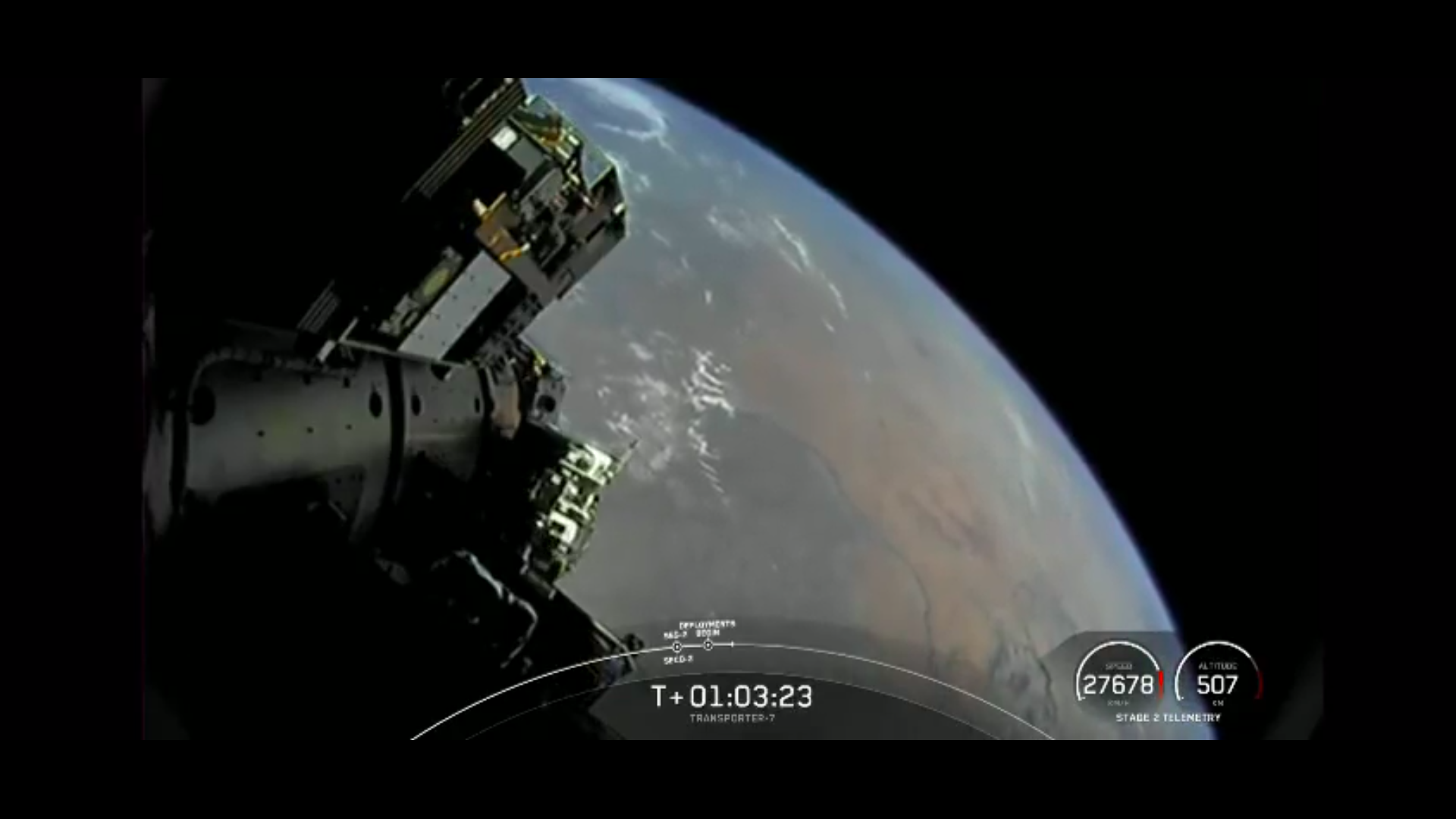Kenya’s Taifa-1 Successfully Deployed in Orbit

Kenya Space Agency has announced that the Taifa-1 has been successfully launched and deployed in orbit.
Falcon-9 rocket lifted off at 09:48 a.m. from Vandenberg Space Force Base in California with 51 satellites onboard, including Kenya’s Taifa-1 satellite. Taifa-1 satellite was successfully deployed in orbit at 10:52a.m. EAT.
The first three launch attempts of the Transport 7 mission were called off due to unfavourable wind conditions.
Taifa-1 satellite was launched to a Sun-Synchronous Orbit (a polar orbit synchronised to always be in the same fixed position relative to the Sun). SpaceX provides at least 3 launch opportunities to the sun-synchronous orbit under the Satellite Rideshare Program. These launch opportunities are affordable for satellite owners since the launch cost is shared amongst them.
The San Marco launch facility at the Kenyan cost was used to launch satellites between 1967 and 1988. The launch platform is no longer operational since it was designed for a specific rocket that went out of production. The technology used back then is now obsolete and current launch systems are more advanced, efficient and safer.
In line with developing national space capability, the Kenya Space Agency has aspirations of establishing a launch facility in the near future, and other support infrastructure for the space industry.
While the 1st stage of Falcon-9 rocket is recovered, the 2nd stage takes the satellite into the desired orbit travelling at 27677 km/h (approximately 7.6 km/s). At this speed, Taifa-1 satellite was deployed to an orbit of 508km and will complete each orbit around the Earth in 95 min.
Taifa-1 satellite is fully owned by Kenya and will be operated by Kenyans. The data will also be received and processed in Kenya.






